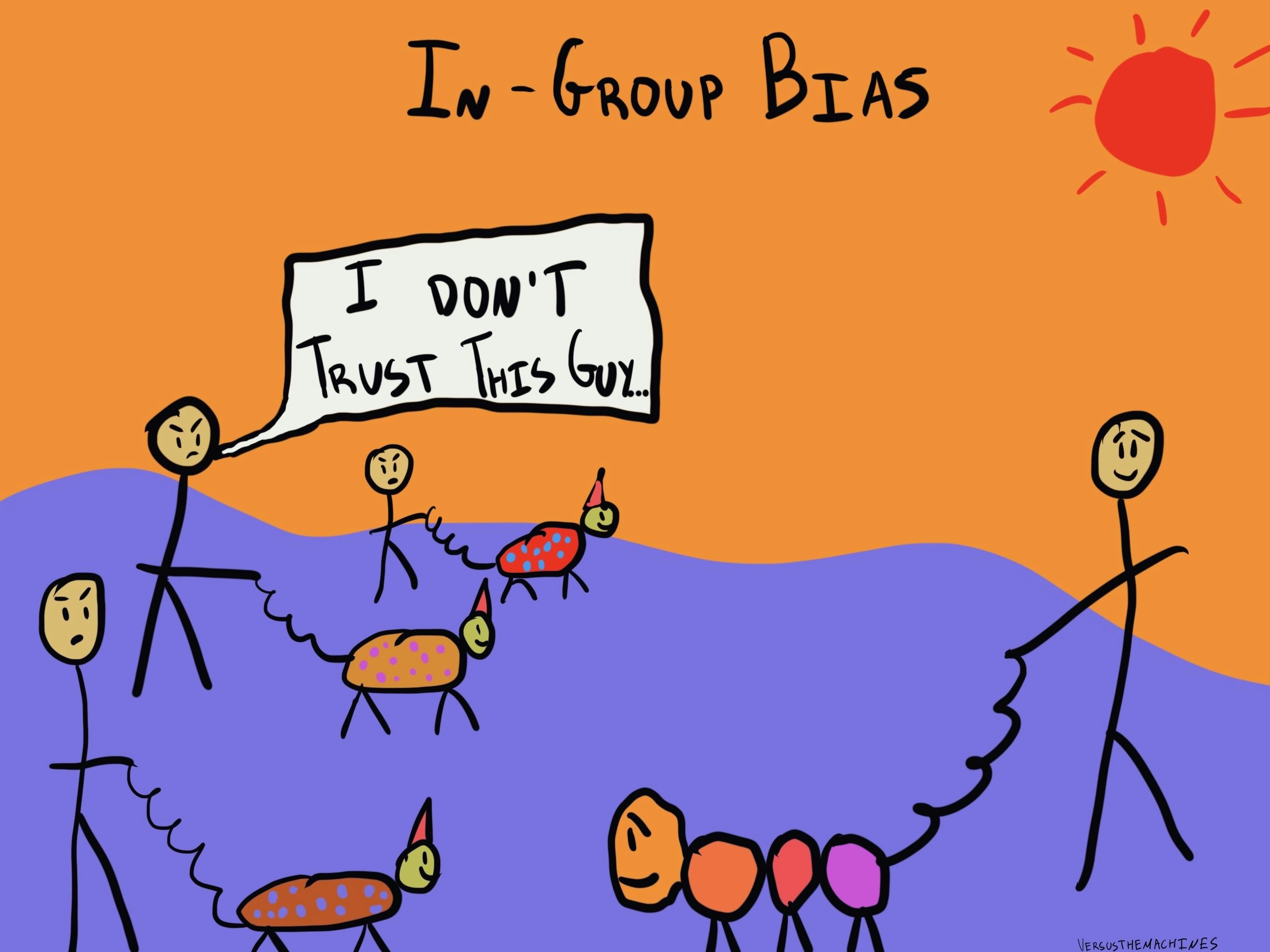¿Por qué tratamos mejor a nuestro grupo interno que a nuestro grupo externo?
¿Qué es el sesgo intragrupo?
El sesgo intragrupal (también conocido como favoritismo intragrupal) es la tendencia de las personas a dar un trato preferente a otras que pertenecen al mismo grupo que ellas. Este sesgo aparece incluso cuando las personas se agrupan al azar, lo que hace que la pertenencia a un grupo carezca de sentido.

Dónde se produce este sesgo
Supongamos que eres aficionado al fútbol americano y te gustan los New England Patriots. En el trabajo, tienes un par de compañeros a los que también les gusta el fútbol: John, que también es seguidor de los Patriots, y Julie, que apoya a los Philadelphia Eagles. Eres mucho más amigo de John que de Julie, aunque Julie y tú tengáis más cosas en común (aparte de las preferencias deportivas) que John. Tus amistades de trabajo son un ejemplo del sesgo de grupo.